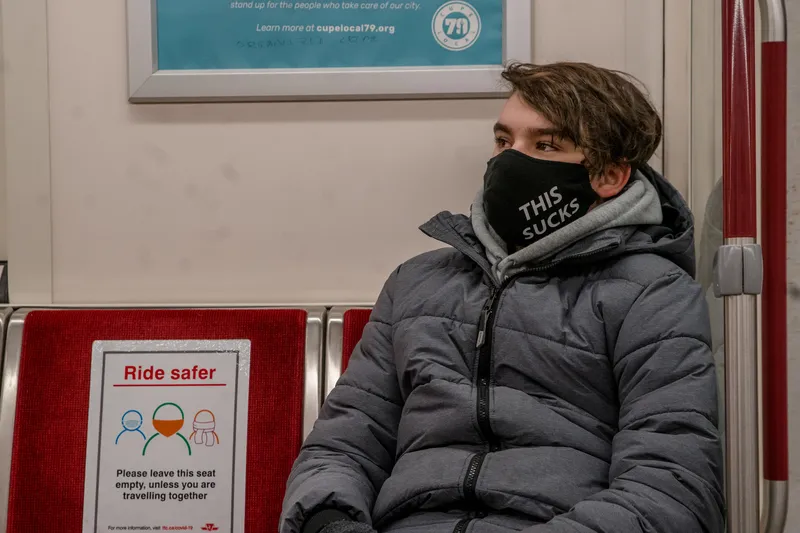Metro Vancouver, Canada, is to implement Phase One of its 10-Year Vision for Metro Vancouver Transit and Transportation, following the approval of a US$1.5 billion (CAD$2 billion) plan in transit and road improvements, marking the beginning of a multi-year investment in transit and transportation across the region.
Transit and transportation improvements to be delivered during Phase One will include: increases in bus, rail and the HandyDART services; pre-construction and consultation on Broadway subway a
November 24, 2016
Read time: 2 mins
Metro Vancouver, Canada, is to implement Phase One of its 10-Year Vision for Metro Vancouver Transit and Transportation, following the approval of a US$1.5 billion (CAD$2 billion) plan in transit and road improvements, marking the beginning of a multi-year investment in transit and transportation across the region.
Transit and transportation improvements to be delivered during Phase One will include: increases in bus, rail and the HandyDART services; pre-construction and consultation on Broadway subway and Surrey-Langley light rail; new funding for improvements to major road networks; and expansion and improvements to cycling and walking networks.
Investments included in Phase One extend across the entire region. Metro Vancouver residents will start to see the improvements in January 2017, including initial expansion of service on SeaBus, Expo Line, Millennium Line and Canada Line. Bus service improvements will start to roll out in April 2017 and further rail service increases will occur as new fleet is delivered starting in late 2018.
With Phase One approved and set to roll-out starting in January, the Mayors' Council and376 TransLink will begin development of the plan for Phase Two, which will be put forward for public consultation in 2017.
Transit and transportation improvements to be delivered during Phase One will include: increases in bus, rail and the HandyDART services; pre-construction and consultation on Broadway subway and Surrey-Langley light rail; new funding for improvements to major road networks; and expansion and improvements to cycling and walking networks.
Investments included in Phase One extend across the entire region. Metro Vancouver residents will start to see the improvements in January 2017, including initial expansion of service on SeaBus, Expo Line, Millennium Line and Canada Line. Bus service improvements will start to roll out in April 2017 and further rail service increases will occur as new fleet is delivered starting in late 2018.
With Phase One approved and set to roll-out starting in January, the Mayors' Council and









